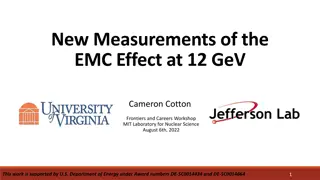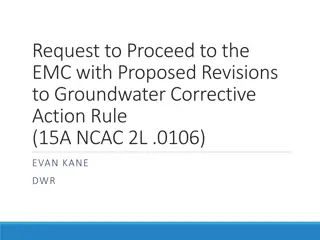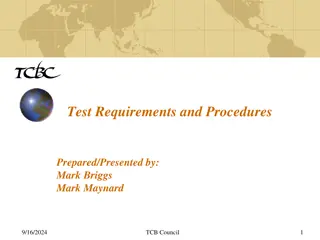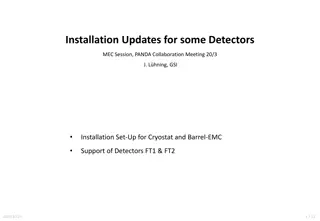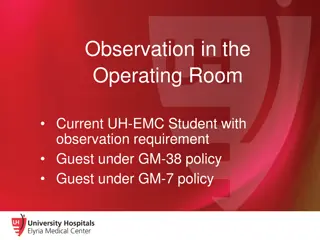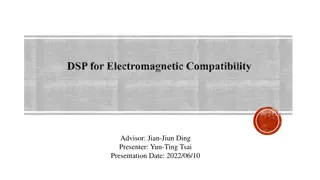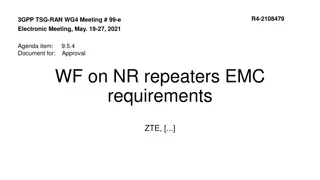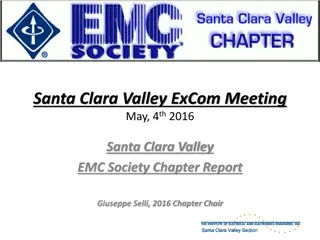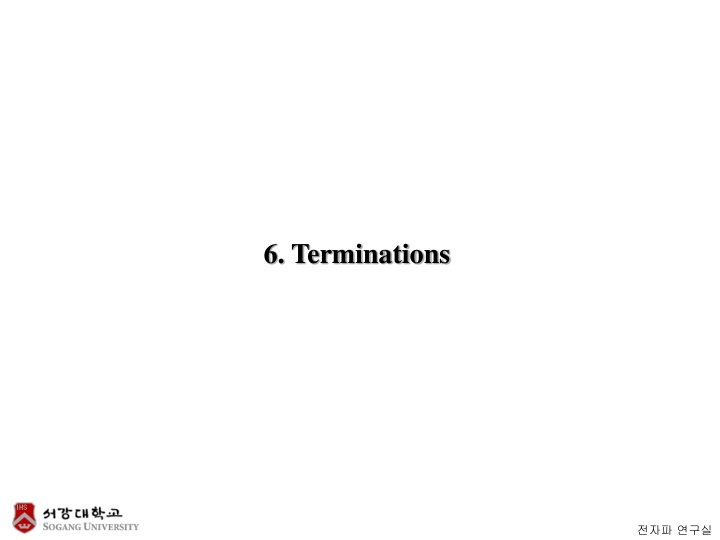
Terminators in Signal Transmission
Discover the significance of terminations in signal transmission, including end terminators that eliminate reflections, rise time calculations, DC biasing, termination resistor selection, and alternative topologies. Explore source terminators that cut waveforms in half, manage reflections, and ensure signal integrity. Gain insights into rise time calculations and flatter step responses.
Download Presentation

Please find below an Image/Link to download the presentation.
The content on the website is provided AS IS for your information and personal use only. It may not be sold, licensed, or shared on other websites without obtaining consent from the author. If you encounter any issues during the download, it is possible that the publisher has removed the file from their server.
You are allowed to download the files provided on this website for personal or commercial use, subject to the condition that they are used lawfully. All files are the property of their respective owners.
The content on the website is provided AS IS for your information and personal use only. It may not be sold, licensed, or shared on other websites without obtaining consent from the author.
E N D
Presentation Transcript
6.1 End terminators The driving waveform propagates at full intensity all the way down the cable. All reflections are damped by the terminating resistor. The received voltage is equal to the transmitted voltage.
6.1.1 Rise time of an end terminator ?? time constant =?0 2? ?????= 2.2 ?0 2? = 1.1 ?0? + ?12 1/2 2 ??= ?????
6.1.2 DC biasing of end terminator Rarely appears in TTL or CMOS circuits because large drive current required in the HI state. When Z0= 65 , 76mA (=5V/65 ) is required for a 5V logic. Split termination ?1||?2= ?0 R1/R2controls the relative proportions of HI and LO drive current. Power dissipation :
Selection of termination resistors 1. The parallel combination of R1 and R2 must equal Z0. 1 ?0 ?1+ ?2= Positive direction 2. IOH< IOH,max(maximum high level output current). (??? ???)?1 (??? ???)?2> ???,max 3. IOL< IOL,max(maximum low level output current). (??? ???)?1 (??? ???)?2< ???,max The example is for a 74HC11000 NAND and tells us that 65 line cannot be driven by 74HC11000.
6.1.3 Other topology used with end terminators ???=?0 2 Few systems use this technique due to the difficulty of fabricating lines with widely varying impedance on one board.
6.2 Source terminators The driving waveform is cut in half by the series-termination resistor before it begins propagating down the line. The driving signal propagates at half intensity to the end of the line. At the far end (an open circuit) the signal reflection coefficient is +1. The reflected signal is half intensity. The half-sized reflection plus the original incoming half-sized signal together bring the signal at the receiving end to a full level. The reflected signal (half sized) propagates back along the line toward the source where it damps out at the source termination. After the end reflection returns to its source, the drive current drops to zero where it remains until the next transition.
6.2.2 Rise time of source termination ?? time constant = ?0? ?10 90= 2.2?0? 6.2.3 Flatter step response of source termination It is easier to eliminate reflections at the source than at the far end of a transmission line in typical digital circuits. 6.2.4 Drive current required by source termination Average current = V/(2Z0) : less power consumption. ???= 2?0
6.2.5 Other topologies with source termination Daisy chain topology does not work. All loads must connect at the end of the line. A load connected midline will see a waveform like that shown in Fig. 6.8 at point C. 6.2.6 Power dissipation in source terminators 21 ?=?( ?)2 ? 2 ??????= 2? 2? ????????=?( ?)2 (pulse frequency) 2?
6.3 Middle terminators Middle terminations can improve system step response only at the expense of signal attenuation. (-6dB)
6.4 AC biasing for end terminators ?? ??? Works only when output signal is DC balanced. 2 Combination RC circuits can terminate DC-balanced lines with no wasted quiescent power.

